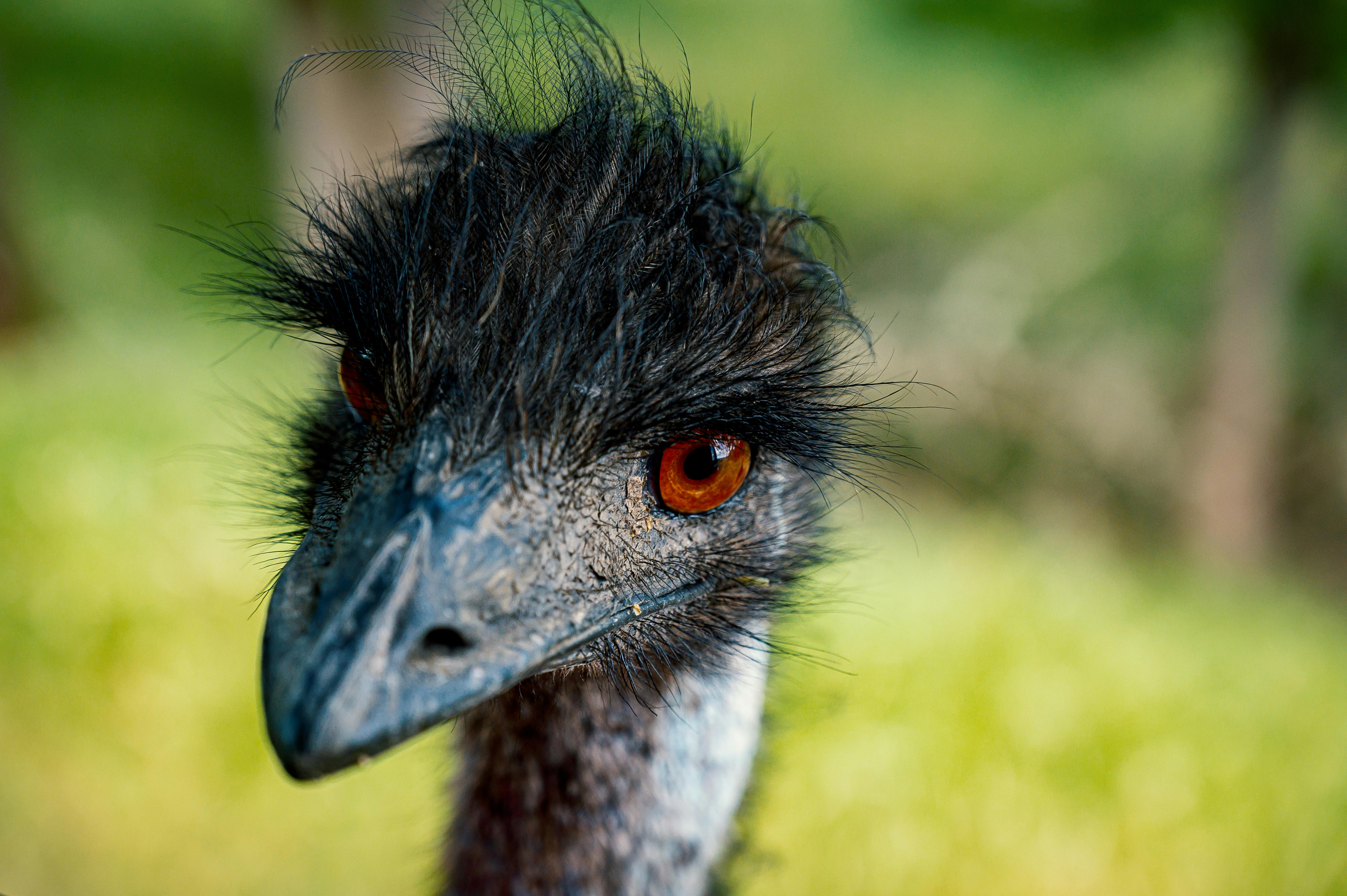Apply Now
Understanding Rabbit Symbolism across Cultures
Rabbits are cherished creatures across various cultures and hold numerous meanings that resonate deeply with human experiences. From symbols of good luck to emblems of fertility, their roles are multifaceted and rich in folklore. The notion of rabbit symbolism often emanates from their behavioral traits such as speed and cleverness, coupled with their remarkable fertility, making them significant in various folklore narratives.
Cultural significance also plays a paramount role in how societies interpret rabbits. For example, in many indigenous cultures, rabbits are seen as mediators between the earthly realm and the spiritual world. They embody attributes of renewal and adaptability, making them a significant presence in tales where they often outsmart other animals, thus serving as a metaphor for cleverness in adversity. Understanding these diverse representations offers insights into humanity's relationship with nature and fertility.
Moreover, rabbits are ubiquitous in art and literature as well, serving as allegorical figures that reflect societal values and archetypes. In this article, we will delve into the meanings associated with rabbits, their traits, and how they are represented in various cultural contexts, providing a comprehensive overview of their significance.
Rabbit Traits and Behaviors
Rabbits exhibit a range of traits that are pivotal to their status as symbols. One of the most notable characteristics is their remarkable fertility, which is why they are often associated with spring and rebirth in many cultures. This symbolism aligns closely with agricultural traditions where rabbits signify abundance and new beginnings.
Additionally, rabbits are social creatures that demonstrate complex behaviors like grooming and playfulness, which adds layers to their representation in cultural narratives. Psychologically, the social dynamics of rabbits reveal lessons about community and cooperation, often reflecting values of teamwork and harmony.
In literature, rabbits are often characterized by their clever and sometimes mischievous behaviors, showcasing a duality that captivates readers. For instance, the character of Br'er Rabbit in American folklore illustrates cunningness as a vital survival trait, teaching moral lessons about ingenuity in facing challenges. This multifaceted depiction enables us to appreciate the richness of rabbit symbolism across various narratives.
Rabbit Representations in Folklore
Throughout folklore, rabbits appear as pivotal characters, often embodying wisdom and resourcefulness. Classic tales like "The Tortoise and the Hare" highlight the theme that overconfidence can lead to failure, whereas cleverness and persistence may triumph. Such narratives emphasize the cultural morals regarding the balance of attributes like speed and wisdom.
In Western folklore, the rabbit is depicted as a trickster, frequently outsmarting its adversaries. These trickster tales often serve dual purposes: entertaining and educating the audience about virtues like humility and cleverness. In contrast, other cultures, such as those in East Asia, may portray rabbits as gentle, peaceful creatures symbolizing good fortune and prosperity, further highlighting the cultural context's impact on rabbit narratives.
The exploration of these stories illuminates how rabbits navigate complex social dynamics within their environments and emphasizes their importance across different cultures. Each tale serves to enrich our understanding of these animals as symbols.
Rabbits in Literature and Media
The literary world has long embraced rabbits as characters integral to storytelling. These characters often encapsulate certain values and lessons that resonate with both children and adults alike. Works such as "Alice's Adventures in Wonderland" by Lewis Carroll use the rabbit to introduce themes of curiosity, adventure, and absurdity, showcasing the depth of rabbit symbolism in literature.
Moreover, rabbits find their presence in children's stories, where they often serve as the protagonists. Characters like Peter Rabbit and the Velveteen Rabbit illustrate the qualities of courage and the importance of friendship. These narratives have pivotal roles in shaping childhood experiences, emphasizing moral lessons through engaging stories.
Rabbits also appear in modern media, transcending traditional boundaries to become emblematic of various themes, from innocence to the exploration of deeper emotional issues. Films often utilize rabbits to symbolize exploration and adventure, reflecting humanity's quest for understanding amidst the chaos of life.
Understanding rabbits' narrative roles allows us insight into broader cultural narratives and the underlying meanings attributed to these creatures. As such, rabbits are more than mere animals; they encompass complex ideas and themes that endure through storytelling.
The Spiritual Meaning of Rabbits
Rabbits also possess deep spiritual significance, often regarded as totem animals in various cultures. Their agility and reproductive capabilities resonate with ideas of renewal and resurrection. In pagan traditions, rabbits are linked to fertility goddesses, signifying the cycle of life and death.
Astrologically, rabbits represent adaptability and intuition in some systems, often attributed to people born under certain signs. The rabbit's energy encourages individuals to trust their instincts, reinforcing the notion of intuition as a guide through life's challenges.
Many cultures view the rabbit as a symbol of hope, particularly in relation to the changing seasons. As heralds of spring, rabbits represent the rebirth of nature and the promise of new beginnings, reinforcing their spiritual symbolism across diverse contexts.
Despite their small size, the emotional and spiritual connections people have with rabbits are profound, reflecting a wider understanding of nature's mysteries.
Conclusion
Rabbits serve as significant symbols across cultures, embodying various meanings, from good fortune to renewal. Through exploration of their traits, folklore, and roles in literature and media, we understand how such a seemingly simple animal can represent complex ideas. By examining rabbit symbolism in dreams, behavior, and cultural narratives, we enhance our appreciation of this versatile creature.
The diverse interpretations enrich our understanding of various cultures and reinforce the connection between humanity and the natural world. As we continue to explore the meanings surrounding rabbits, it becomes clear that their significance transcends the surface, offering profound insights into the human condition and the eternal cycles of life.
As we engage with rabbit narratives, both in stories and in reality, we are reminded of the importance of wisdom, adaptability, and the beautiful cycles of life, death, and rebirth that these remarkable creatures embody.

